‘Green Pillar’ boxwood
Buxus sempervirens 'Green Pillar'
Rapidly growing into a slender column of evergreen up to 9 feet tall while staying … Continued
Drought-tolerant and drought-resistant plants may still need supplemental water from time to time, but they can survive periods of dryness without dying.
Drought-resistant plants like cactus, hens and chicks, and sedums can go for very long periods without water and do not tolerate poorly drained locations. Drought-resistant tropical plants grown indoors in winter like cactus, Sansevieria, Echeveria, and other succulents sometimes fail due to overwatering.
Drought-tolerant plants grow in many textures and sizes and have different adaptations that help them get through periods of drought:
The latter two types of plants are drought tolerant once established because any new planting, regardless of drought tolerance, needs to be watered during the first growing season to allow roots to reach the depths needed to access moisture during dry periods.
It’s also important to note that survival may not mean that the plant will look its best during this time. Watering weekly for a longer period of time will result in the best-looking gardens with the highest tolerance for drought. During the hottest, dryest times in summer, watering deeply twice a week is recommended. These less frequent waterings will encourage root systems to expand, making it easier for plants to access moisture when their environment is dry.
Winter drought has become a bigger problem in recent years as snowfall declines. Evergreen plants are especially vulnerable during winter drought because their foliage continues to shed moisture while dormant deciduous plants have shed their leaves and can conserve moisture in woody stems and underground. Watering shrubs and trees in winter on days when the temperature allows (above freezing) will help ensure their healthy return in spring.
Here are some drought-tolerant and drought-resistant plants to grow—
Buxus sempervirens 'Green Pillar'
Rapidly growing into a slender column of evergreen up to 9 feet tall while staying … Continued
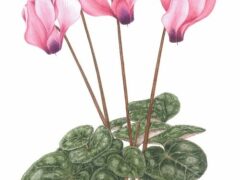
Cyclamen hederifolium
A hardy cyclamen with pink flowers and a darker eye over striking ivy-shaped, mottled gray-green … Continued
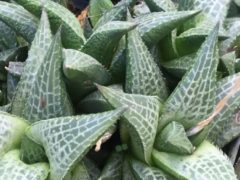
Haworthia venosa subsp. tessellata
Unique markings on the tops of succulent low-growing rosettes. Slow-growing, but will multiply!

Philodendron oxycardium
This climbing vine is a workhorse air cleaner, particularly good at battling formaldehyde from sources … Continued
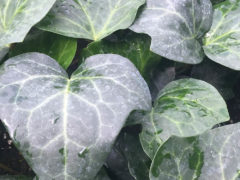
Hedera algeriensis
With much larger leaves than English ivy, Algerian ivy foliage is deep dark green with … Continued
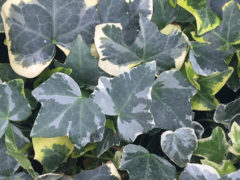
Hedera helix non-hardy species
Native to Europe, Scandinavia, and Russia and brought to the U.S. by colonial settlers, ivy are … Continued

Hedera helix 'Thorndale'
Creamy-white veins cover extra large, lustrous green leaves on vigorous vines that make excellent evergreen … Continued
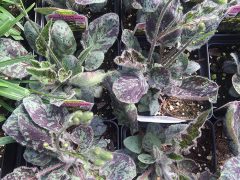
Hieracium maculatum ‘Leopard’
Striking mounds of blue-green foliage dappled in maroon purple. Tall stems of bright yellow daisies … Continued
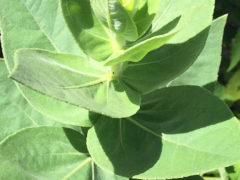
Helianthus mollis
Fine hairs cover the stems and leaves, giving this native perennial a gray-green color. A … Continued
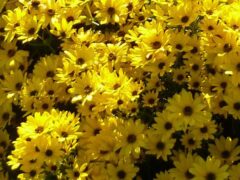
Helianthus salicifolius 'Autumn Gold'
Narrow, dark-green leaves and compact, rounded form give this perennial a shrub-like appearance during Spring … Continued
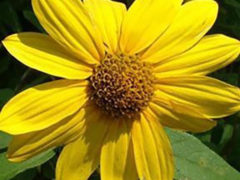
Helianthus maximiliani
State flower of Kansas Clusters of bright yellow flowers in September atop 6-8′ stalks. An … Continued